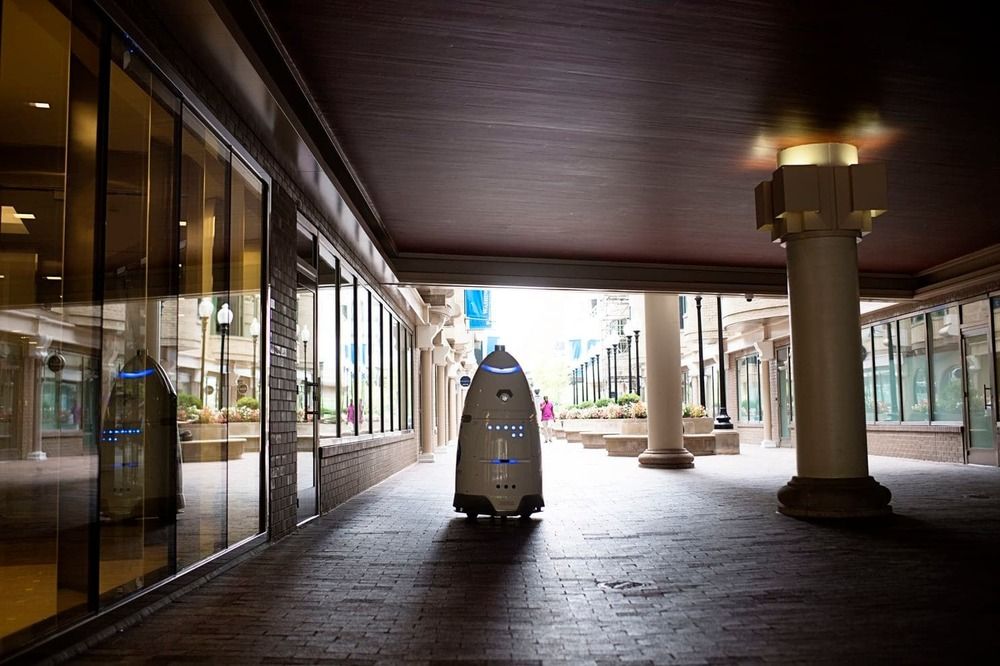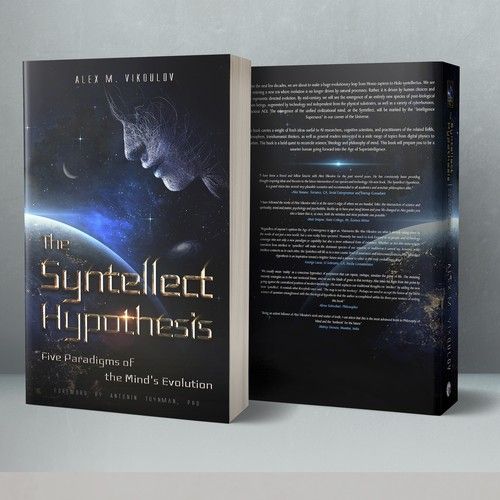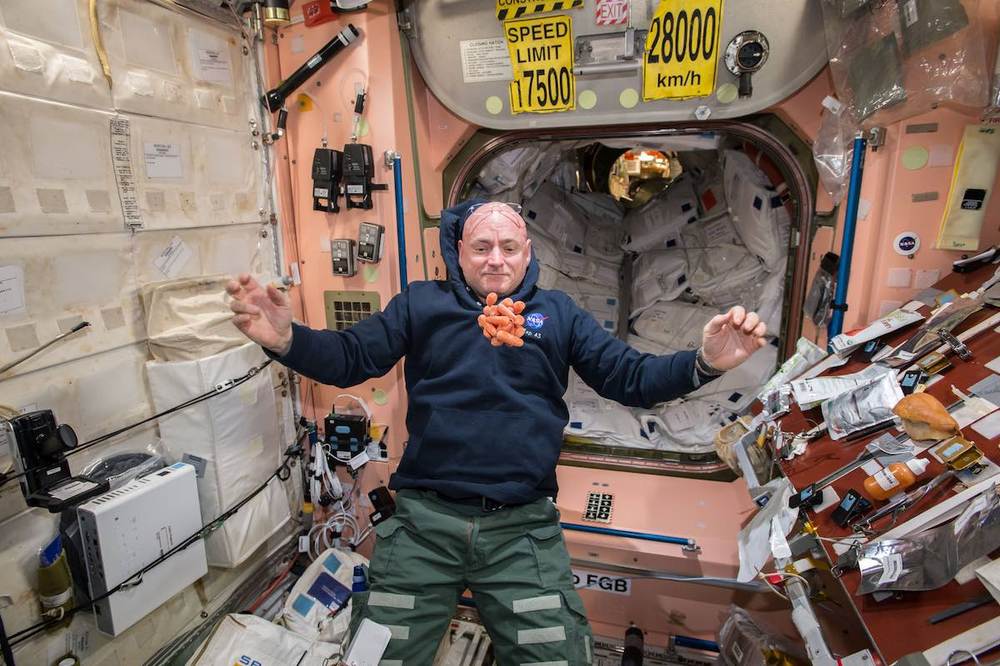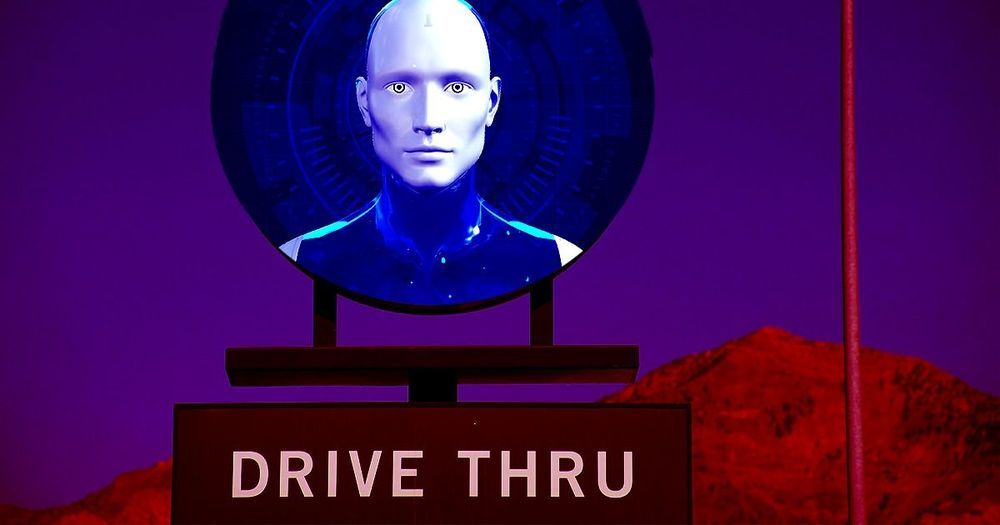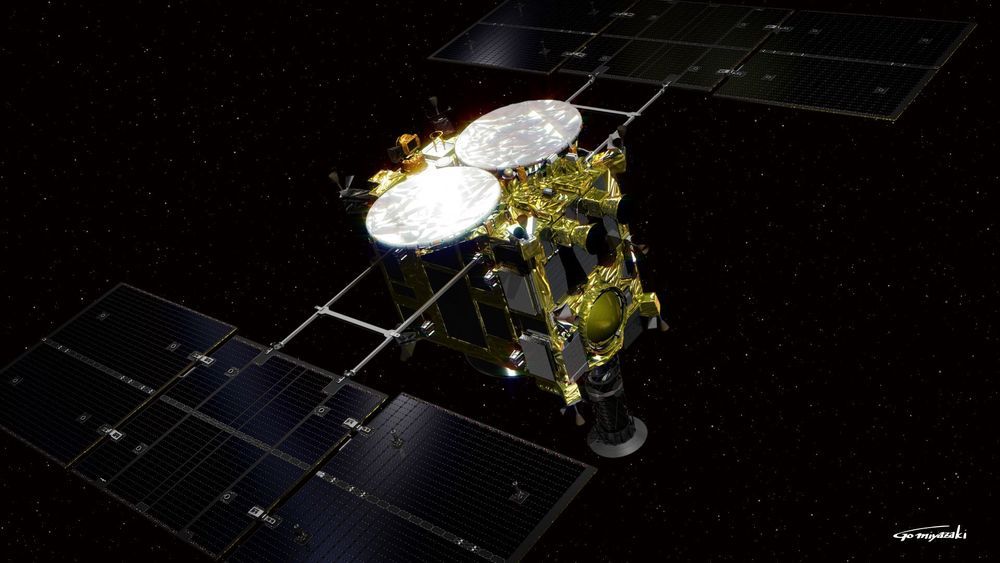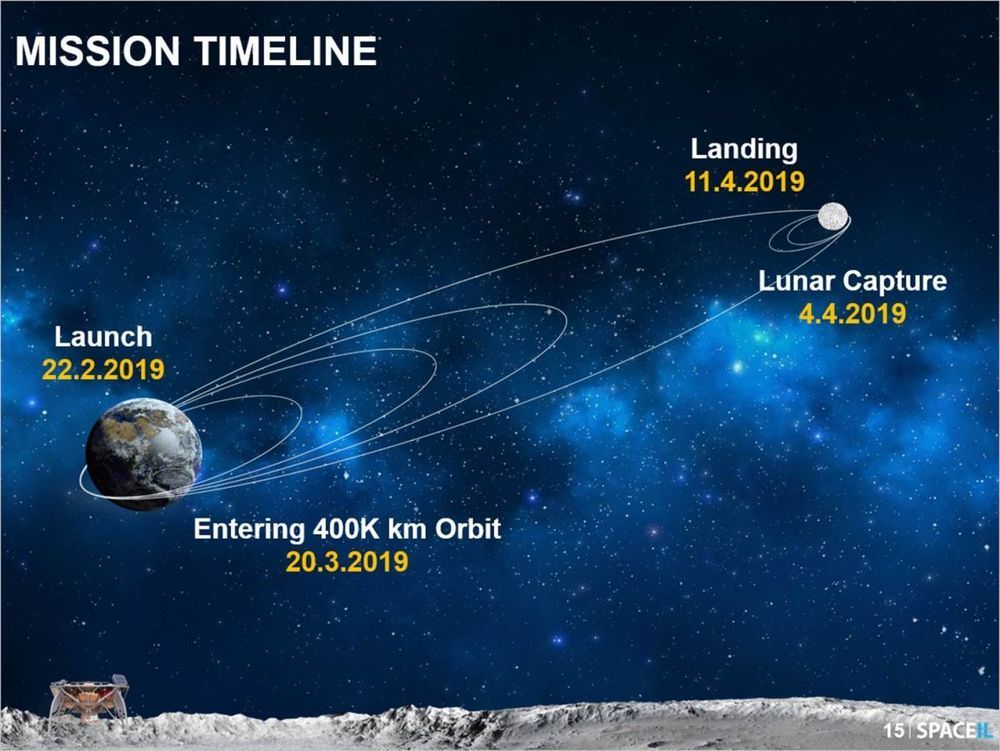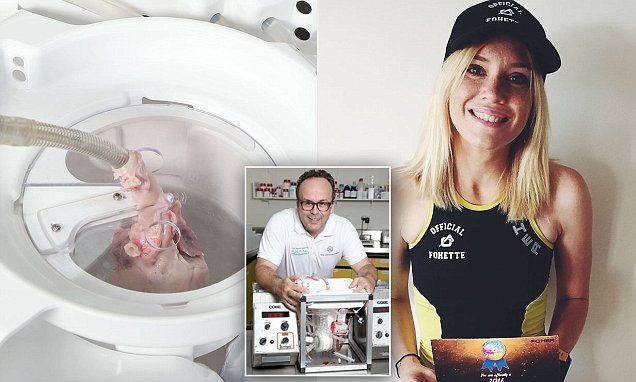Ingenius.
Researchers in China have developed a new way to remove bacteria from water that they say is both highly efficient and environmentally sound.
By shining ultraviolet light onto a two-dimensional sheet of a compound called graphitic carbon nitride, the team’s prototype can purify 10 litres (2.6 liquid gallons) of water in just one hour, killing virtually all the harmful bacteria present.
This type of technique for water cleaning is known as photocatalytic disinfection, and it is often talked about — and ardently researched — as an appealing alternative to current water filtration systems, such as chlorination or ozone disinfection, neither of which are particularly eco-friendly.

